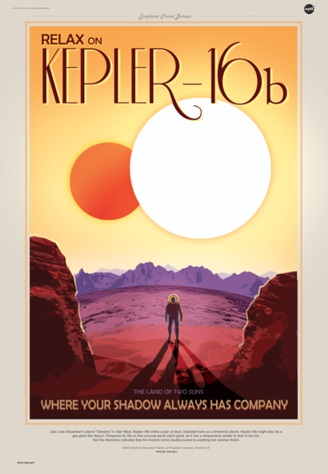
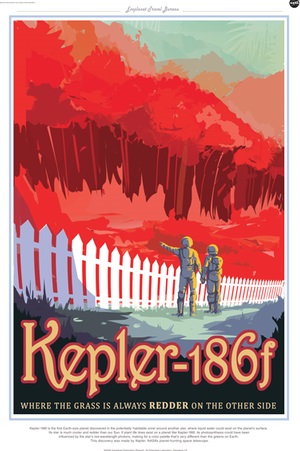
Haunting the Web Since 1999



As the terrible-idea-filled, regulation-gutting “CRomnibus” became law earlier this month — thanks to a tag-team lobbying operation by Barack Obama and Jamie Dimon — The New Yorker‘s John Cassidy laments what it means for American democracy: Namely, the banks clearly write the laws. “‘It’s morally reprehensible,’ Sherrod Brown, the Ohio Democrat, told reporters. ‘They’re saying government bailouts are back.'”
By the way, if the bad news is too much to handle these days, there was one silver lining to the godawful CRomnibus: Crom may laugh at the four winds, but it does alright by space. Otherwise, well…

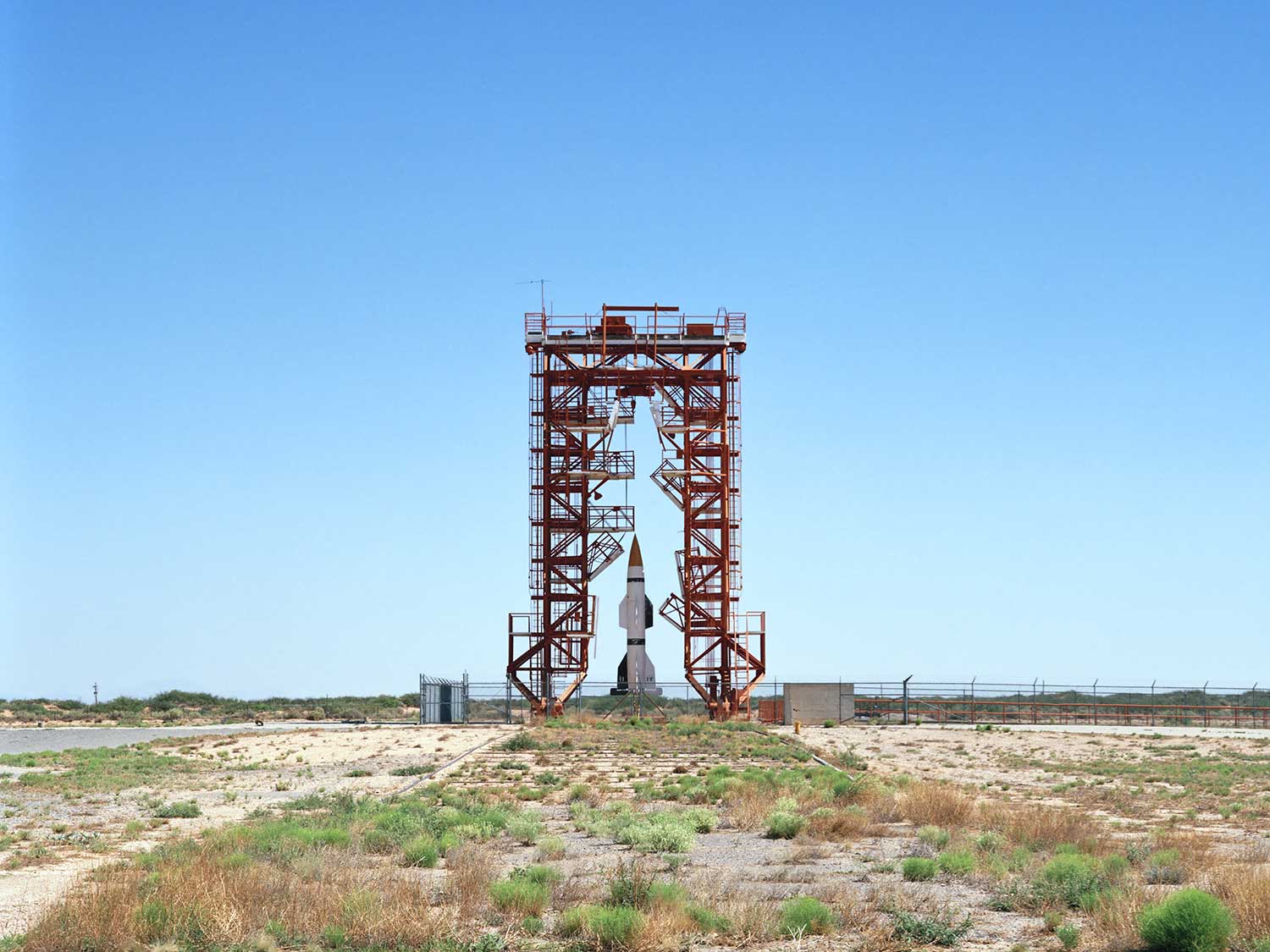
In Wired, photographer Roland Miller captures the decaying infrastructure of the early space race. “As launch pads were replaced, retrofitted or decommissioned, Miller was invited inside. By his estimate, 50 percent of the things he’s photographed no longer exist. ‘It’s not in NASA’s mission to conserve these sites,’ he says. ‘With shrinking budgets it’s an impossible thing to do.'”
“There’s not only last week’s deadly crash by Virgin Galactic, which hoped to launch widespread space tourism, or the unexpected explosion of a rocket headed toward the International Space Station. The United States also retired the space shuttle fleet in 2011. And…we now spend less on NASA — relative to the wealth of overall economy — than at any point in history.”
In very related news, and in the wake of Interstellar (which, on account of all the reasons I just mentioned, I haven’t seen yet), the Post‘s Zachary Goldfarb briefly surveys our current neglect of the space program. (Here’s what we’ve got planned at the moment.) “As recently as 2012, polling showed that more Americans than ever before thought that we were spending too little.”
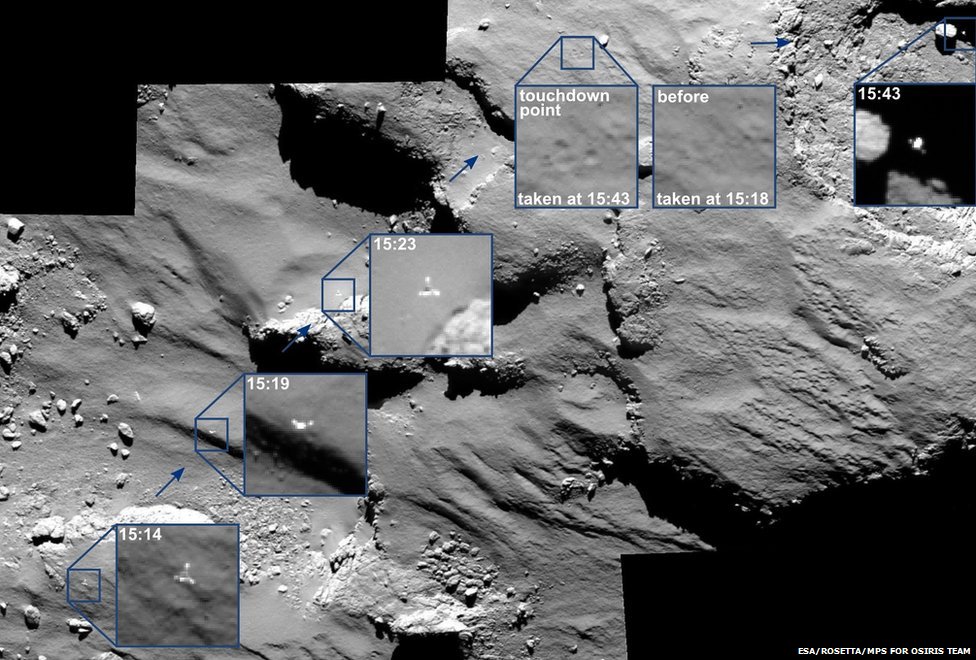
After traveling 4 billion miles, accomplishing an exhilarating landing on a 84,000-mph moving target, and, after 57 hours of work in an unfortunately dark location, successfully sending a valedictory round of data, the ESA’s history-making Philae probe falls into slumber. “We still hope that at a later stage of the mission, perhaps when we are nearer to the Sun, we might have enough solar illumination to wake up the lander and re-establish communication.” Rest well, little lander — ya did good.
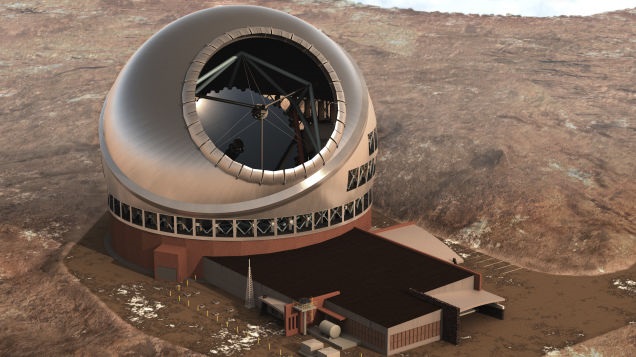
By way of Follow Me Here, Gizmodo looks at five massive telescopes that will change the game, including the James Webb Space Telescope, a.k.a. Hubble 2.0. “Since blowing past its initial budget and launch data, NASA promises the ambitious project is on-track for 2018. And it better, because astronomers are eagerly awaiting its data.”

For the first time, Kepler discovers an exoplanet near the frost line, which may help us better understand the formation of worlds. “[The frost line] explains why our gas giants are rich in ice and water, any why the rocky planets (Mercury, Venus, Earth, and Mars) began their existence as very dry worlds; water only arrived later via comets.”
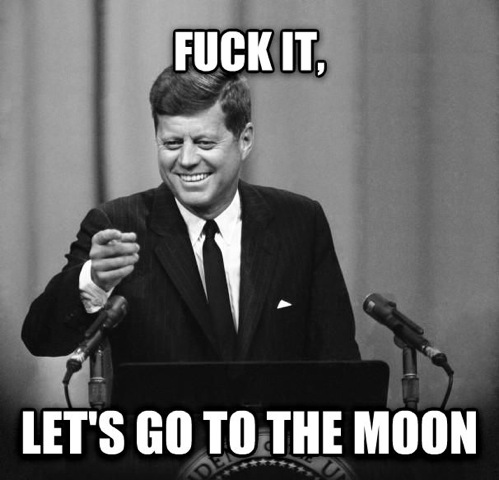
On the 45th anniversary of the Apollo 11 landing, Phil Plait wonders what the hell happened to the Dream of Space in America. “Venturing into space is not just something we can do. It’s something we must do.”

And here’s your counterpoint: Creationist Ken Buck argues that space exploration is a boondoggle because aliens are going to Hell anyway. “Ham argued that ‘secularists are desperate to find life in outer space’ as a part of their ‘rebellion against God in a desperate attempt to supposedly prove evolution.'”
Erm, yeah. I would hope the John Olver rule is in effect if and when this fellow is inevitably queried about his views on television, against Bill Nye or Neil DeGrasse Tyson or somesuch.
Who knows what will happen in 2020 — for now, the scientists (if not the politicians) are saying that “the relationship between NASA and Roscosmos is good, it is healthy.” In any event, NASA has set up a 24-hour live-feed from the ISS. Hopefully, it will help keep things in perspective down here.
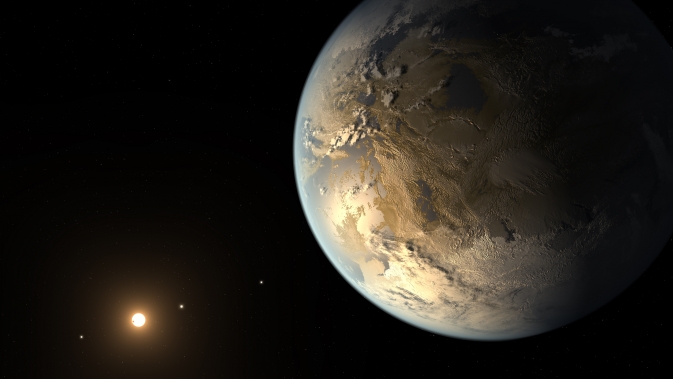
New planets have been discovered at a pretty decent clip of late. But, in a milestone, NASA’s Kepler Telescope finds in Kepler 186f, 500 light years away, “the first Earth-size planet orbiting a star in the ‘habitable zone’ — the range of distance from a star where liquid water might pool on the surface of an orbiting planet.” (“Earth-size” being the key word here — Kepler has previously found larger planets in the habitable zone.) To put it all down and start again, from the top to the bottom and then…
Update: Interesting speculation: Does Kepler 186f bode ill for our future? “This apparent absence of thriving extraterrestrial civilizations suggests that at least one of the steps from humble planet to interstellar civilization is exceedingly unlikely. The absence could be caused because either intelligent life is extremely rare or intelligent life has a tendency to go extinct.”